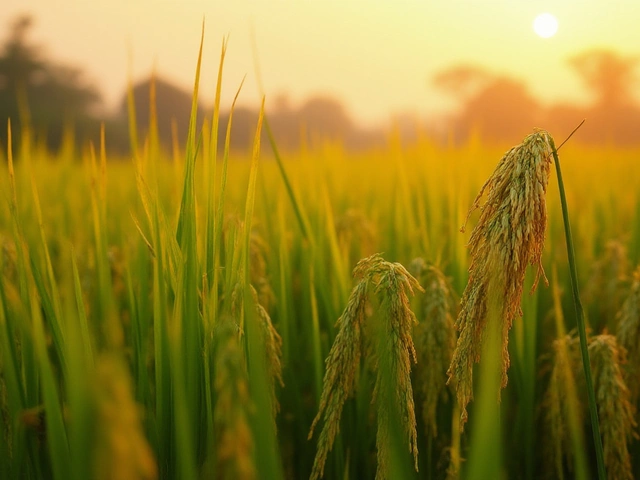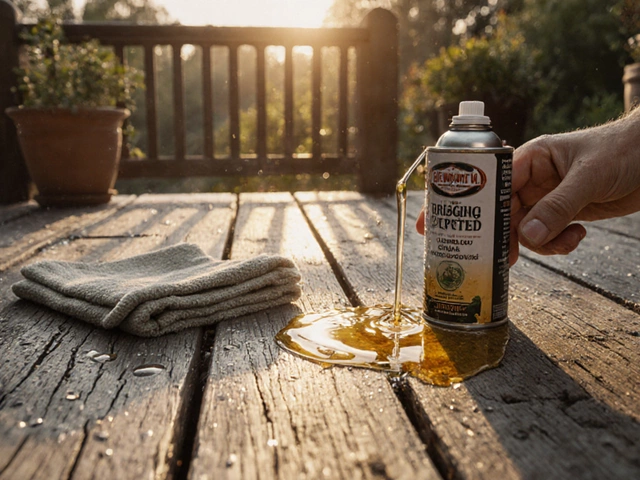Nutrition for Your Garden: Simple Ways to Feed Plants and Boost Harvest
If you think nutrition is only for people, think again. Plants need the right mix of nutrients to grow strong, produce tasty veggies, and fight pests. In India’s diverse climates, the right soil feed can mean the difference between a thin lettuce leaf and a full‑sized harvest.
Most garden newbies start with a one‑size‑fits‑all fertilizer and hope for the best. The truth is, every garden has its own nutrient story based on soil type, weather, and the crops you grow. Let’s break down the basics so you can give your plants exactly what they need, without waste or guesswork.
Why Plant Nutrition Matters
Just like us, plants need three main nutrients in large amounts – nitrogen (N), phosphorus (P), and potassium (K). Nitrogen powers leaf growth, phosphorus fuels root development and flower formation, and potassium helps with overall vigor and disease resistance. Missing any of these can stunt growth, cause yellowing leaves, or lead to poor fruit set.
Beyond N‑P‑K, plants love micronutrients such as iron, zinc, and magnesium. In many Indian soils, especially laterite or sandy types, these tiny minerals are low. Adding organic matter like compost or well‑rotted manure not only supplies micronutrients but also improves soil structure, water holding capacity, and beneficial microbes.
Practical Nutrition Tips You Can Use Today
1. Test Your Soil. A simple DIY soil test kit tells you pH and basic nutrient levels. Most Indian vegetables thrive in slightly acidic soil (pH 6.0‑6.5). If your test shows high acidity, add lime; if it’s too alkaline, add sulfur or organic mulches.
2. Use Compost Wisely. Mix 2‑3 inches of compost into the top 15‑20 cm of soil before planting. Compost slowly releases nitrogen and adds organic carbon, which feeds soil microbes. If you’re short on time, spread a thin layer of compost around existing plants as a top‑dressing.
3. Choose Crop‑Specific Fertilizers. For leafy greens like spinach or coriander, go for a nitrogen‑rich fertilizer (e.g., 20‑10‑10). For fruiting crops such as tomatoes, capsicum, or broccoli (see our “Broccoli Farming in India” guide), switch to a balanced or potassium‑heavy formula (e.g., 10‑20‑20) once flowers appear.
4. Embrace Companion Planting. Pair nitrogen‑fixing legumes (like beans or peas) with heavy feeders (such as cauliflower or cabbage). The legumes pull nitrogen from the air and leave it in the soil for the next crop – a natural, low‑cost boost.
5. Mulch and Water Smart. A layer of straw, dry leaves, or shredded paper keeps moisture in and reduces nutrient leaching during monsoon rains. When you water, aim for deep, infrequent soaking; this encourages roots to grow deeper and access more nutrients.
6. Recycle Kitchen Waste. Fruit peels, coffee grounds, and vegetable scraps can become nutrient‑rich compost. Just avoid feeding coffee grounds to plants that dislike acidity (see our “Plants That Hate Coffee Grounds” post).
Following these steps will help you grow the world’s healthiest vegetables right at home. Whether you’re after the top‑ranked nutritious veggie or want to experiment with zero‑waste fruits, good nutrition is the foundation. Check out our related articles like “The World's Healthiest Vegetable” or “Zero‑Waste Fruits” for more inspiration.
Remember, garden nutrition isn’t a one‑time job. Keep an eye on plant color, leaf size, and yield, and adjust your feeding routine season by season. With a bit of attention, your garden will reward you with vibrant leaves, juicy fruits, and a healthier plate for the whole family.

Unveiling the Supreme Superfood: A Guide to Vegetable Gardening in India
The concept of superfoods has gained traction due to their potential health benefits. In India, vegetable gardens provide access to a variety of these nutritious powerhouse plants. This article delves into what makes a vegetable a supreme superfood and explores the benefits of cultivating them. Readers will discover practical tips for growing these vegetables in their own backyards, emphasizing ease and accessibility.
About
Gardening
Latest Posts


Flower Blooming Seasons in India: Best Months for a Colorful Garden
By Alden Thorne Jul 13, 2025

How Many Rice Grains from One Plant: Surprising Yield Facts You Need to Know
By Alden Thorne Jul 25, 2025

Essential Guide: Indoor Plants That Thrive with Misting
By Alden Thorne Jan 20, 2025
